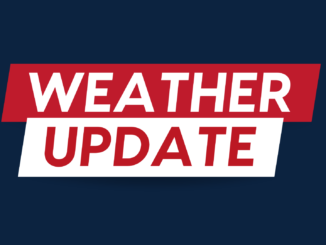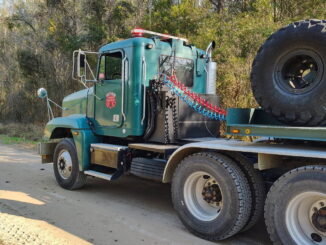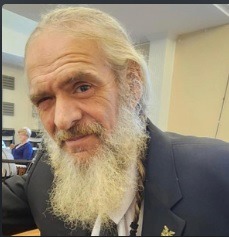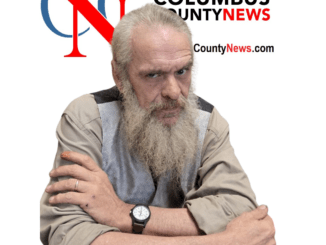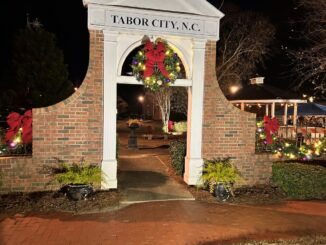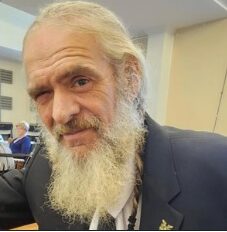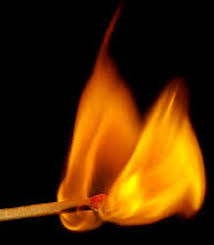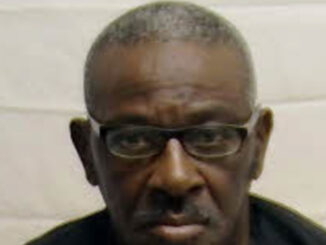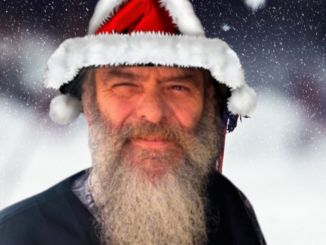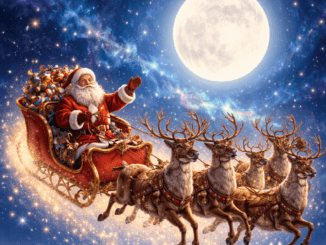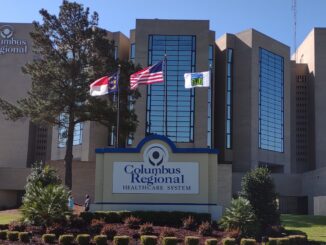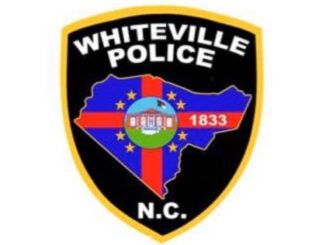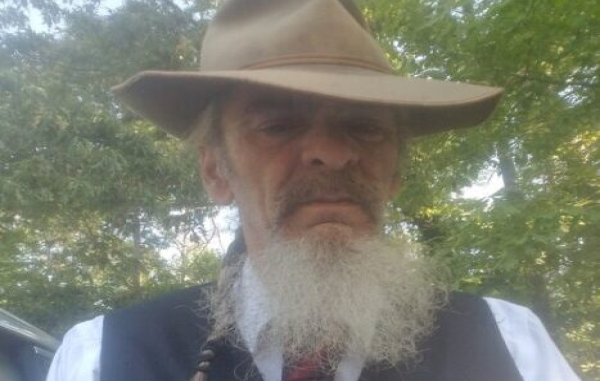
I wonder sometimes if he is still out there.
Considering the number of years it’s been, the odds are ridiculously long, but nature has some funny ways sometimes, and strange things happen.
The first time I saw him, he was a solid, full chested six point buck, a respectable deer for this part of the country. The velvet dangled from his new antlers, red ribbons that he rubbed off on the nearest convenient rough-barked tree whenever the mood hit. He lifted his head from the scrub and broom straw of a long-cut pine stand as I went by. The gnarly little oaks and grapes had taken advantage of poor land management after a timber cutting, and in that perfectly designed way that God has, the mess had turned into a haven of muscadine and acorn mast, with a few stout persimmons that I was as prone to raid as the big bear, coons and possums who considered the produce to be theirs by right.
It wasn’t even close to deer season and I was headed to work, so I just slowed down and admired the big fellow until I had to put my eyes back on the road.
I saw him again after the season began, the time when the Walkers joyously bellow their way through the bays, their handlers waiting see what the dogs drive out of the impassable tangles and uncrossable swamps.
He crossed in front of me one evening just a few hundred yards from where I first spotted him. I was heading home from a fruitless hunt, and I had to laugh at the odds of a deer like that turning up just a couple miles from my stand. I didn’t have permission to hunt that land — indeed, didn’t even know who owned it — so I bade him bonne chance and yelled at him to stay the heck off the road.
I’m not a trophy hunter, but given the chance, I will indeed take a good buck. I shop for groceries when I hunt, and the older I get, the happier I am seeing others get the thrill and the congratulations for bringing home a big one. A bad knee and a worse back make it virtually impossible for me to run the woods as I prefer, but I can vicariously enjoy the hunt through the smiles and stories of others.
I wanted the big buck to survive, if for no other reason than to improve the gene pool and create plenty of fawns that would also turn into big deer. Breeding shows in dogs, horses and deer.
The season came and went, and no one pulled into the store with the big buck on the tailgate of their truck, so I figured he had survived the stupidity of the rut and the intense hunts of the end of the season. The hunters mostly went home, so as a trapper the woods were mine again. I was scouting a canal when I found a set of tracks of a trophy class buck a mile or so from where I had last seen the big fellow. There was no way to know for sure, of course, but the likelihood of more than one deer with a rocking chair on his head surviving hunting season and logging trucks and the nighttime poachers was about that of me winning the lottery, which I don’t play.
Winter turned into spring, and a friend found a single shed antler that might have come from the big deer. There might have been some disagreement about whether he had permission to be on that particular stretch of bottomland, but nobody is going the quibble over an antler that’s no longer attached to a deer. I promised not to tell where, both for his benefit and that of the big buck.
When times are good, a whitetail deer grows larger antlers every year. Between nature, corn and soybean fields, there was rarely a true starving time for deer in that area, although pickings got slim in February and March.
The big buck — or his twin — showed up on a game camera just before the next September’s archery season, another tine added to his six points. Another hunter saw him chasing a doe during that fall’s rut. I saw what may have been his backside one evening after work. Another frozen January rolled around, and I was along the same canal when I found his tracks again, and heard a massive deer snort blast through the brush. I was tasked with clearing the beaver from that canal, and came across his tracks several times before I finished the job. I think he was the legendary swamp monster that showed up on another game camera that fall, sporting an incredible ten points.
Everything in nature wants to eat deer, or so it seems. Bobcats and foxes will steal a fawn, and the right cat can kill an adolescent doe without much effort. Coyotes have replaced the wolves and panthers that once competed with man for apex predator status. Our new pest, the wild hog, is a major predator of whitetail deer, both fawns and on occasion adults. Then there are vehicles, alligators, and even opportunistic bears, as well as man, lawabiding or otherwise. Some die of snakebite, weather that is too dry or brings huge storms, injuries from fighting other deer, and disease. Then there’s the weakness brought from clouds of those infernal flies and mosquitoes and bots and gnats, and ticks that gather like grapes and make maddening itches in unscratchable areas, sometimes leaving wounds that become infected.
With all that going against them, it’s rare for deer to make it to six years old in the wild. Two or three is a skilled veteran in our area. I have no idea how old the buck was, but it was quite a feat for him to have survived all that long enough to have antlers to be remembered around a thousand campfires.
I haven’t hunted those woods or driven that road for years; since then there have been a couple hurricanes, a bad year or two for acorns, some more logging, and an increase in traffic. I know some of the toddlers who once rode in the truck with their daddies are driving their own trucks and four wheelers along the same paths now.
I am torn, really. The hunter in me hopes that one of those kids scouted and spotted the big buck as the buck entered his last years of life, and his antlers ended up on a wall with a brass plate telling when and where he was taken. The other side of me hopes the big buck made it to a ridiculous old age like eight or even ten, and either died in combat with another buck or laid down in some soft grass one day, resting from the pursuit of his latest doe, and just never awoke.
I once found a completely inexplicable rack and skull one time, far back in the woods, a magnificent set of antlers still attached to a sun-bleached skull. The remaining teeth were worn and stained.
Whether that particular buck died of natural causes or a poorly aimed bullet, I have no idea. The bones I found were intact. I like to think his end was as peaceful as his life had been active. The antlers weren’t even nibbled by the calcium-hungry squirrels, woodrats and mice who occupy the lowest rung on the mammal ladder.
Perhaps the big buck I saw with six, then eight, then ten points is memorialized over a fireplace or on a hunting cabin wall. Maybe there’s a photo somewhere of a smiling young hunter seated beside his harvest, recreating a moment that has been around since Adam and Eve got kicked out of the garden, when humans had to learn to hunt to survive, and someone used a burned stick to draw a similar picture on a smoky cave wall.
Maybe his antlers are wrapped in a thicket somewhere, slowly returning to the soil, long since cleaned of the muscle and sinew that served him when fighting, fleeing predators, frolicking or making fawns, antlers strengthening smaller creatures.
I just hope that somewhere along the line, he encountered a doe whose own genetics were worthy of his bloodline, and she succumbed to his entreaties. Then around the first full moon in June, perhaps a wet, spotted buck fawn, larger than average, staggered onto spindly legs to greet the world and learned to dodge through a swamp to avoid enemies he couldn’t outrun. He would have to outsmart the hunters and the hounds, the cars and the coyotes, battle other bucks in the fall, scratch the frozen ground for food in the dead of winter, and then someday, just maybe he would grow antlers worthy of stories around a thousand campfires.
That fawn, too, would become a deer for the ages.



